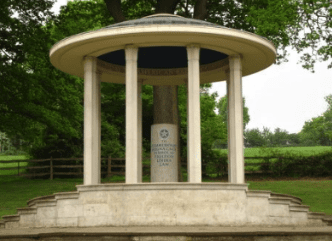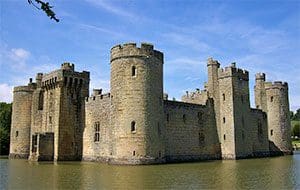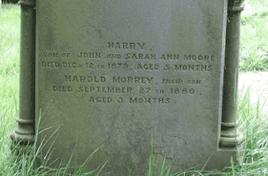
Much work has recently been done on engaging pupils in the early years of Key Stage 3, largely because of the so-called ‘performance dip’ in Years 7 and 8. Indeed, the National Secondary Strategy has devoted a whole module to this topic. Where history is concerned we are now better placed to motivate pupils at Key Stage than ever before. Now that we are no longer prisoners of an over-prescriptive National Curriculum we can focus on what ignites pupils’ interest and enthusiasms. This is not just about entertaining ‘ways in’ and ‘fun activities’. It is more to do with careful selection of content that is both relevant and motivating and also about making the subject ‘satisfyingly challenging’.
What factors do we need to consider in order to motivate pupils?
Think about these TEN to get you started.
1. Presenting history as a series of puzzles to be solved. All key





